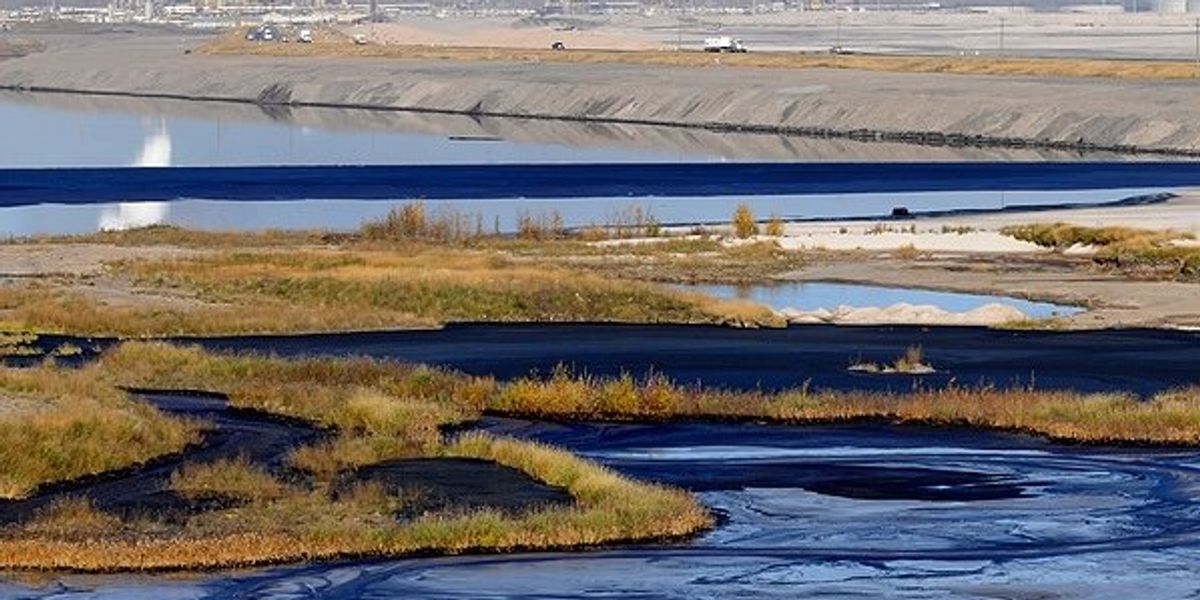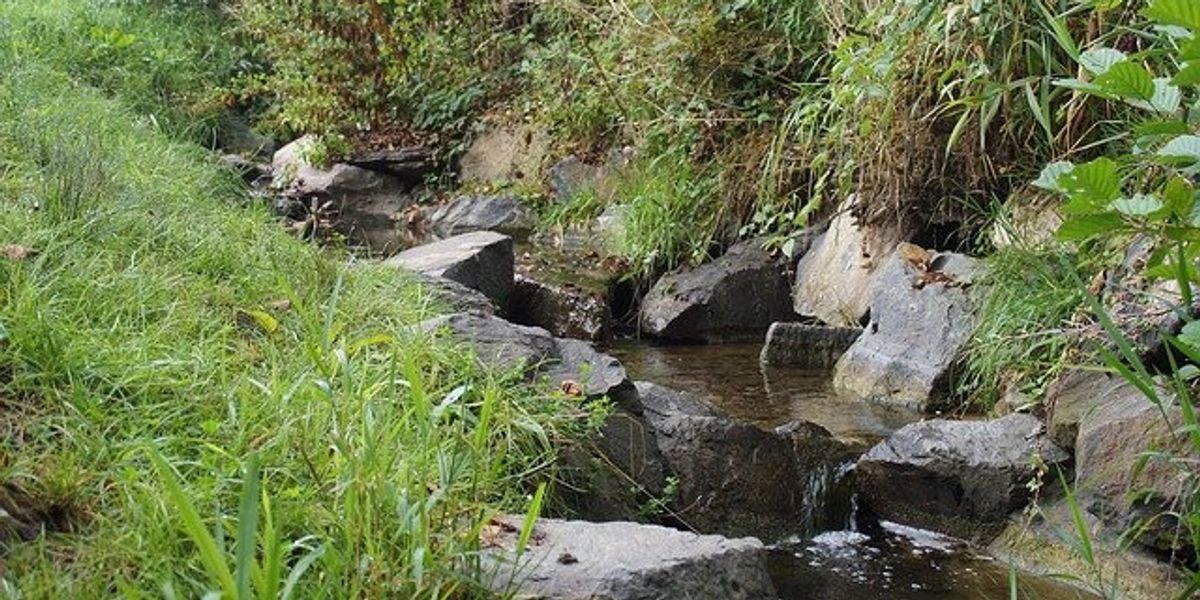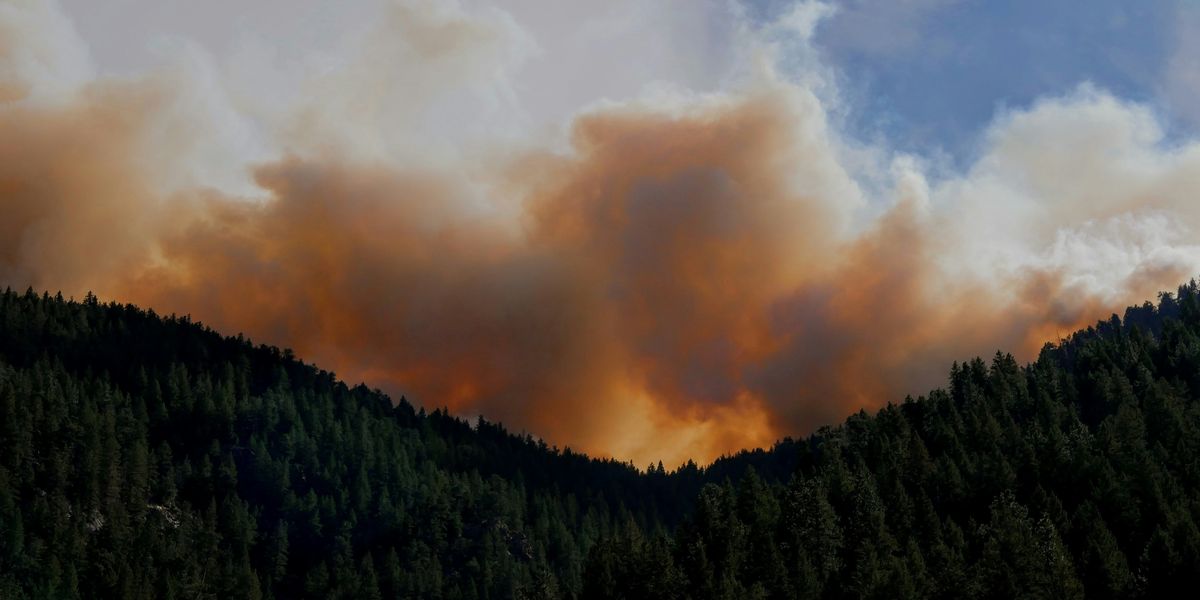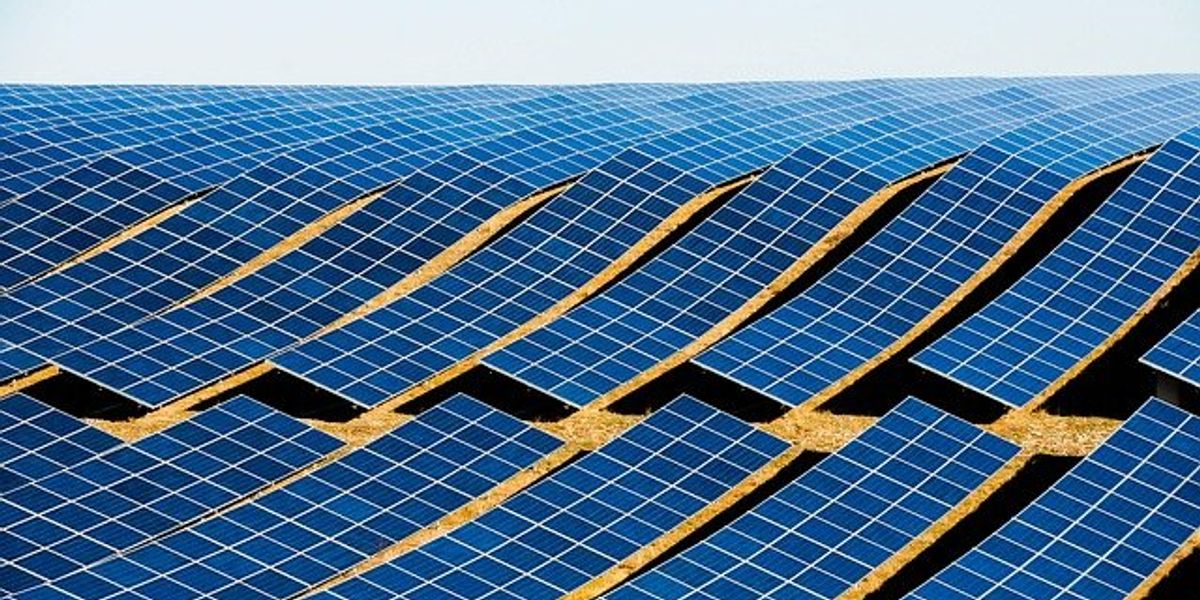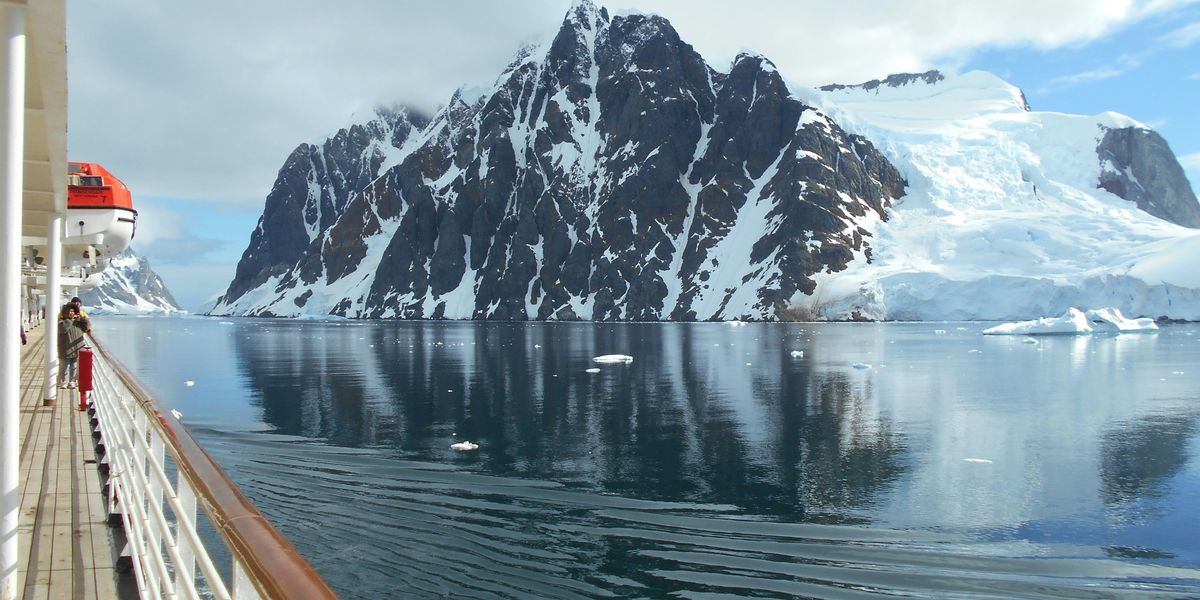management
Venezuela struggles with severe wildfires and institutional failure
Amid record-breaking wildfires, Venezuela faces a severe test due to both environmental challenges and governmental inefficiencies.
In short:
- Experts attribute the unprecedented scale of wildfires in Venezuela to a combination of extreme weather conditions and severe institutional degradation.
- Wildfires have destroyed significant areas, including UNESCO sites and critical habitats, with the state's inability to manage and prevent these disasters exacerbating the damage.
- The government’s response to the fires has been criticized as politicized and inadequate, lacking investment in essential public services and infrastructure.
Key quote:
“The solution for fires is to manage them, not to control them.”
— Bibiana Bilbao, researcher of tropical savannas and fire ecology at Simón Bolívar University
Why this matters:
In Venezuela, where political turmoil has often hampered the effectiveness of public institutions, the response to environmental crises becomes complicated, raising concerns about the adequacy of the emergency measures and the speed of governmental response.
Environmental experts are particularly worried about the aftermath of the wildfires, including the loss of biodiversity and the long-term impacts on the soil's fertility which could affect agricultural productivity and food security in the region. The health implications are also significant; wildfires degrade air quality, which can lead to a spike in respiratory problems and other health issues among the population.
New perspectives on wildfire management from recent Canadian wildfires
As wildfires grow fiercer and more unpredictable across Canada, officials and communities are urgently revising their emergency response strategies to adapt to this escalating threat.
In short:
- Officials in Yellowknife learned valuable lessons from the rapid spread of the SS052 fire, which destroyed the town of Enterprise, N.W.T., demonstrating the ferocity of new wildfire patterns.
- Evacuations are increasingly seen as essential, as traditional firefighting methods reach their limits in mitigating the spread and impact of severe wildfires.
- Communication and preparedness are pivotal, with improvements needed in public information systems to ensure timely updates during emergencies.
Key quote:
"We are seeing a very clear trend and events like these are happening more frequently. They’re bigger in nature, and they’re lasting longer than they ever have before."
— Coby Duerr, commander of Canada Task Force 2
Why this matters:
In the face of increasing and more intense wildfires, communities see the need to invest in robust evacuation plans that are regularly updated and communicated effectively to residents. This includes identifying evacuation routes, establishing evacuation centers, and ensuring that vulnerable populations, such as the elderly and those with disabilities, have the support they need to evacuate safely.
Even when we cannot keep our infrastructure standing, we can stop people dying, we can protect our most valuable possessions, and we can learn to deal with devastation.
Wildfires prompt a shift in firefighting strategies across the US
As wildfires in the U.S. grow in size and complexity, officials pivot to a new management model, marking a significant shift in strategy.
In short:
- More than 2,669 square miles have burned in the U.S. in early 2024, indicating a potentially prolonged and severe wildfire season.
- A shortage of specialized firefighting teams has led to the formation of 44 leadership teams to manage the nation's largest fires.
- Federal agencies aim to hire around 11,300 firefighters this year to combat the increasing wildfire threats and fill crucial vacancies.
Key quote:
"We're going to be busy. I couldn't tell you exactly where right now, but we are going to be busy."
— Alex Robertson, acting director of fire and aviation at the U.S. Forest Service
Why this matters:
Rising temperatures and prolonged droughts, both effects of climate change, have led to drier conditions that fuel larger and more intense wildfires. These conditions are exacerbated by past forest management practices, such as fire suppression policies that have allowed for the accumulation of underbrush and smaller trees, which act as kindling in fire situations.
The impacts of wildfires are more far-reaching than you may realize.
Roger Worthington: I pledged $1 million to plant new trees. My money could have been better spent
Our elected officials can show us that they are serious about doing their part to slow climate change by protecting our beloved shade-giving, carbon-sequestering, wildfire resistant, watershed-stabilizing and wildlife-enhancing mature and older trees.
Climate change forces a rethinking of mammoth Everglades restoration plan
The U.S. Army Corps of Engineers and South Florida Water Management District are poised to begin a new restudy of the Everglades’ historic water management infrastructure aimed at adapting the framework to deal with rising seas, violent storms and a continuing influx of people.
Global water crisis could 'spiral out of control' due to overconsumption and climate change, UN report warns
By 2050, the number of people in cities facing water scarcity is projected to nearly double from 930 million people in 2016 to up to 2.4 billion, the report found. Urban water demand is expected to increase by 80% by 2050.
California floated cutting major Southwest cities off Colorado River water before touching its agriculture supply
In a closed-door negotiation last week over the fate of the Colorado River, representatives from California’s powerful water districts proposed modeling what the basin’s future would look like if some of the West’s biggest cities – including Phoenix and Las Vegas – were cut off from the river’s water supply.













